|
SOUTH STACK LIGHTHOUSE
I take enormous care when I approach the South Stack Lighthouse on a foggy night. Standing at the seaward wall by the second car park I lean over to watch the beams rotate at their ten second intervals. Not four beams at 90˚ to each other but eight. A latter four phantom beams at 45˚.
As I say, I approach carefully and Never go down the steps. Why should I want to go down the 400 steps anyway? Even on foggy nights the cliffs way below me are alive with birdlife and their calls sharp screeches in the dark. Seabirds flitter in and out of the lighthouse beams appearing and disappearing like wraiths.
BIRDWATCHING & THE RSPB WEBCAM VISITOR CENTER & GETTING THERE HOLYHEAD BREAKWATER COUNTRY PARK
SOUTH STACK LIGHTHOUSE HISTORY The essential vertical structure of South Stack lighthouse is 28 metres tall (91 feet in old money) and the beam stands at 60 metres above mean high water level. For those ships approaching Holyhead on an easterly route to the Port or beyond toward Liverpool Port South Stack is the first lighthouse they will encounter. It’s importance as a guide to navigation is on the evidence of a history of hundreds of shipwrecks on the rocks. This dangerous stretch of Anglesey and British coastline is highlighted further by a foghorn at North Stack a few miles to the north and within sight of South Stack. A handful of miles further north is the light on Holyhead Breakwater. The we have the rocks The Skerries upon which another lighthouse was built. When you descend the 400 steps to your right, you’ll notice a very rough piece of water at all stages of the tide. This is where two powerful contrary currents meet. I imagine that the kayakers who regularly traverse this stretch of coastline take this stretch with extreme seriousness - add to this the bow waves from the ferries.
The call for a lighthouse to be constructed on this rocky islet reaches back to 1665 when representatives of major shipping companies petitioned King Charles II for a navigation aid. Their petition was rejected, which comes as a bit of a surprise considering one of the major roles on his ascent to the throne was to rebuild the British Fleet. Commerce is the lifeblood of all nations, and the sailing routes did not bring cargoes from across the world to London alone. Nonetheless, His Majesty declined, and it was not until February 9th, 1809, that a lighthouse first shone it beacon light. South Stack Lighthouse was constructed on the design of Douglas Alexander at a cost of £12,000.
CROSSING OVER INTO THE LIGHT After taking plenty of opportunities to enjoy the absolutely view on your way down, a sharply steep set of metal steps eventually brings you to the suspension bridge. This is how we now traverse the 30-metre chasm between mainland and South Stack. Not always this simple, though. Take a step back to the first crew to operate the lighthouse and see how they crossed this little abyss above a boiling and rushing sea. A hemp line was suspended about 70 feet (21 metres) above the sea and across you went on the Bosun’s Chair cum basket. Lighthouse keepers have always been renowned as stalwart and robust individuals, but the weather is not always ... NICE. The need for a lighthouse was always great, had been since the 17th Century. Typical of the Victorian Age of its construction the assuredness of the lighthouse ensured that all available money was spent on the navigational aid and not the keeper’s crossing comfort. If the isolation during the massive storms that the Irish Sea hurled at you didn’t scare you, then the crossing most certainly did.
It must have come as a blessed relief when in 1828 Trinity House built an iron suspension bridge across the gap. Your wife could even bring you your socks if you’d forgotten them. It was replaced by an aluminium bridge in 1964. But there’s always the Second Law of Thermodynamics or Entropy. Sink a steel or aluminium ship in the sea and it will eventually dissolve. The same goes for steel, cast iron or aluminium bridges. They will crumble. Stress points will be rendered into cracks and so the bridge was closed to public visitors in 1983. I visited as a child and I remember being scared on the way down, across the bridge and especially up the steps of the lighthouse itself. A new bridge was not built until June/July 1997 when the cast iron gate was again unlocked to tourists. As I mention above, the lighthouse and its adjacent buildings were all built for the princely sum of £12,000 in 1809. However, it cost £182,000 to build the bridge that you cross today.
THE BEACON LIGHT BECKONS Sad to report that one is not allowed out on the light balcony these days. I don’t know the right people. What’s new there? However, in the late 1960s when I was a young child I did venture out and was even more terrified than when I was equally young and up the Marquess Column in Llanfair PG. I was cursed with an irrationally correct sense of perspective. As in, ’You are here. It’s a 100 foot straight down and there’s a rickety set of rails in front of you”. Got me every time.
Right. Before you get to the light itself there is a fascinating display of the equipment and generators essential for the running of the South Stack light in days past.
Technology has changed our lives in so many ways and yet for all the sophistication of radar, satellite navigation and microwave cookers when a ship is at sea in a storm or in a fog there can be nothing more reassuring to a nervous marine voyager than a rotating beacon of light. Obviously not too close by, otherwise it’s anything but reassuring. One of the pleasant guides will give you the nod and a voice will call from above, “Come on up.” And so you venture upwards.
Do not take the time to inspect the steps upon which you are ascending because you’ll quickly realise that they bare rectangular slabs of stone ingressed neatly into the inner wall. As the photograph above suggests, it looks like a trilobite having a petrified stretch. It took me back a few decades to my last visit when I needed to hold the teacher’s hand to ascend. One really appreciates the 28 metre drop on the way down. Would you ever believe that I used to climb vertical extreme routes? Man-made stuff always makes me nervous. The light was electrified in 1938 and fully automated by Trinity House in 1984. One of the lighthouse guide’s father was the last Lighthouse keeper. He’s a very warm and welcoming conversationalist proud of his Dad’s work.
THE LIGHT Please indulge me and allow me to bring you right up to date with the South Stack light source. I’ve gathered most of this information from the Trinity House website and I encourage you to go there and have a very good read. The first light to shine on February 9th 1809 was generated from number of Argand oil lamps set at intervals with reflecting surfaces to direct the light in specific directions. The guide on my visit suggested that the light source that took its place sometime in the 1870s was probably a pressurised multi wick oil lamp. The good news for most ships that travelled around Anglesey during the nineteenth century is that their stopping distance was very small because they could tack or gybe in an instant. I don’t know this for a fact; however, I do surmise that it was the transition from sail to steam and the increased stopping distances that demanded a stronger light source. There was an obvious need to extend the light beams further out. Between 1909 and 1927 the light source was changed from an incandescent light to a very efficient incandescent mantle burner. All went electric in 1938, so there was longer any need for the lighthouse keepers to stand at the bottom of the stairs and windup the clockwork of the now revolving disk. Ask the extremely nice guides..
What happened during the wars? Did the lights shine or not? The Irish was an absolutely vital channel for the Atlantic merchant convoys heading for Liverpool. It was also the location for Winston’s Welcome Mat of minefields to dissuade marauding German U-boats.
There’s a great little BBC link on U-boat wrecks during the Second World War. Please Click Here for more information.... (Thanks Gordon Weare in New Zealand).
Have a good look at the lamp that now casts a light more than 20 miles out to sea. Hardly any size at all and only 150 Watts. Amazingly, this replaced the previous 1,000-Watt lamp in 1999. But I hear you ask, “Surely this compromises the very point of a lighthouse?” Well, no it doesn’t. There is only a loss of five miles of extension of the beam from the previous 25 nautical miles to 20. Again, I point you to a point I made above. It takes a modern large ship over a mile to come to a complete stop. That 5 nautical mile differential is therefore irrelevant. But what if the entire power to the lighthouse is cut off, including the back-up generators AND the battery in the keeper’s torch? Look out the window on the seaward side an you’ll find a charged lamp which pushes out a light to 3 nautical miles. This distance is again within the safe stopping distance of a big ship.
A BRILLIANT LITTLE BIT OF ENGINEERING The platform upon which the South Stack light is literally balanced is a fascinating and simple piece of engineering. The platform is made up of two simple sections. You have a bath and a float for the prism. The float ... floats on Liquid Mercury (Quicksilver), which is as close to a friction-free solution you can get. The ease by which the prism rotates is amazing. Ask the guide. I wonder if it generates an electrical current like a coil does? Please contact me if you know the answer
SOUTH STACK BIRDWATCHING & RSPB WEBCAM Take your time walking down the steps because they are very uneven and mismatched. AND, if you're going to enjoy the view STOP! and watch your footing. All is very safe; however, I care for your wellbeing. If you're not a birdwatcher but are interested in what people are looking at through their bins (binoculars), then ask them. That's what I do. People who visit South Stack are extremely generous with their time and may even allow you the use of their bins.
Guillimots precariously balanced on their ledge nesting spots.
You can see two webcam views from the main cliffs in the castellated Twr Ellen (Ellen's Tower) RSPB observation centre about 200 metres away on the cliff edge. Puffins really are a delight to watch, especially when they are having a sleep with their colourful beaks under their wings.
SOUTH STACK VISITOR CENTER
You purchase your ticket for a visit and Guided Tour of South Stack at the Visitor Centre. You can also buy one from the poor soul sat in a cubicle on the bridge many, many steps blow.
For information about Opening Times, Cost and Getting There I refer you to this excellent page on the Trinity House Webpage. Please Click Here for more excellent information.
"PUKE! I'm not eating that!"
Go to NORTH STACK FOG WARNING STATION Visit HOLYHEAD BREAKWATER COUNTRY PARK Visit PUFFIN ISLAND AND PENMON LIGHTHOUSE. Return from South Stack Lighthouse to the HOME PAGE. |
Books by William Jones, author of
this web site.
Now in Paperback
.
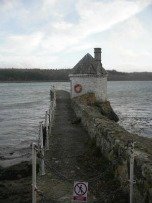
LOVELY ANGLESEY WALKS & AMBLES
CLICK HERE
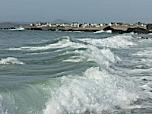
ANGLESEY'S AWARD
WINNING BEACHES
CLICK HERE
Recent Articles
-
North Stack Fog Warning Station. Beautiful Walk. Fascinating History
Dec 22, 23 12:35 PM
North Stack Fog Signal Station, just south of the Port of Holyhead, offers astonishing coastal walk and beautiful views of rugged Anglesey coastline. -
Holyhead Breakwater Country Park. Award Winning Anglesey Green Space
Dec 22, 23 12:31 PM
Holyhead Breakwater Country Park. Astonishing coastal beauty. Award Winning Anglesey Green Flag Country Park. A superb green space for family fun and walks -
White Beach. Excellent bleached pebble beach, Crazy Horses and Nervy Driving
Dec 08, 23 05:43 AM
White Beach really, really is a hidden gem. By that, I mean it is really, really well hidden. Dinner plate pebbles, nice picnics, CRAZY HORSES and some pretty good fishing.
Never EVER Stop Chasing Your Dreams.
ANGLESEY
MONOPOLY



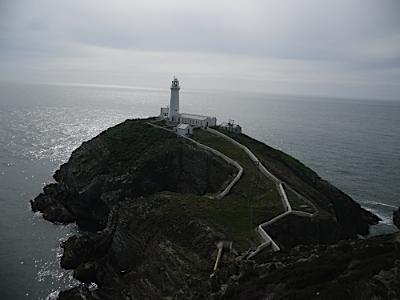
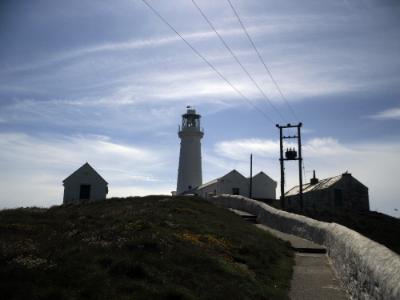
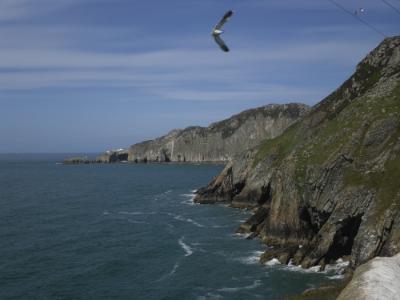
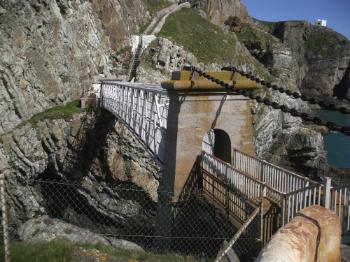
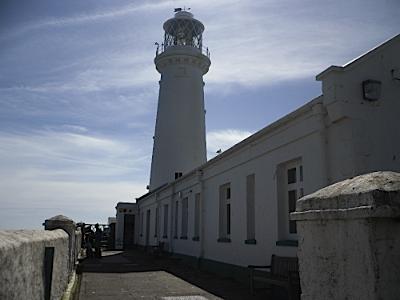
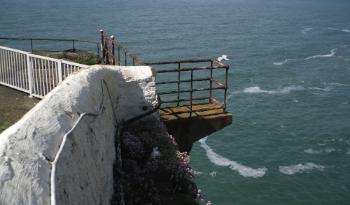
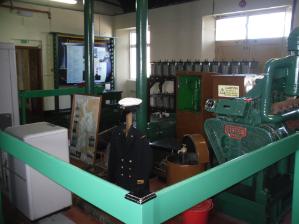
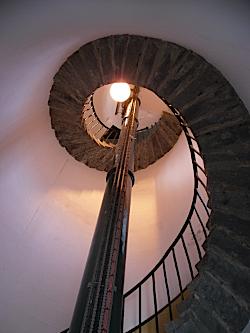
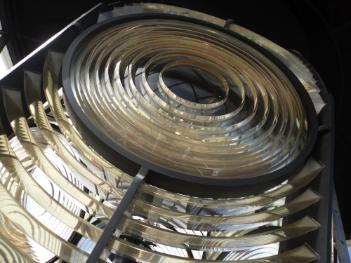
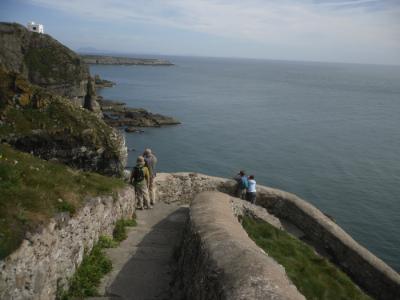
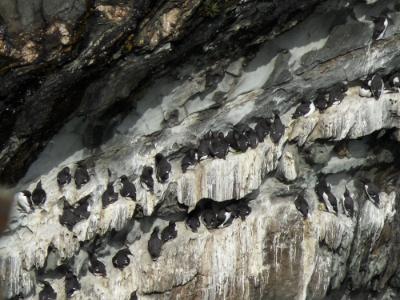
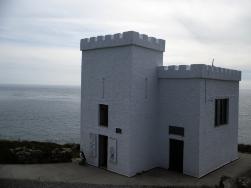 I have here a link that will take you to the South Stack RSPB site and the webcam.
I have here a link that will take you to the South Stack RSPB site and the webcam. 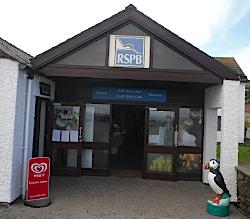 The building at the top of the cliff is now an RSPB Visitor Centre and Cafe. A good car park. Here you can enjoy a cup of tea and a meal - after you've got back up the 400 or so steps, naturally.
The building at the top of the cliff is now an RSPB Visitor Centre and Cafe. A good car park. Here you can enjoy a cup of tea and a meal - after you've got back up the 400 or so steps, naturally.







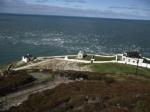
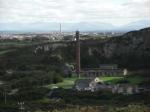
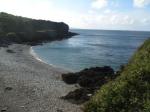



New! Comments
Have your say about what you just read! Leave me a comment in the box below.